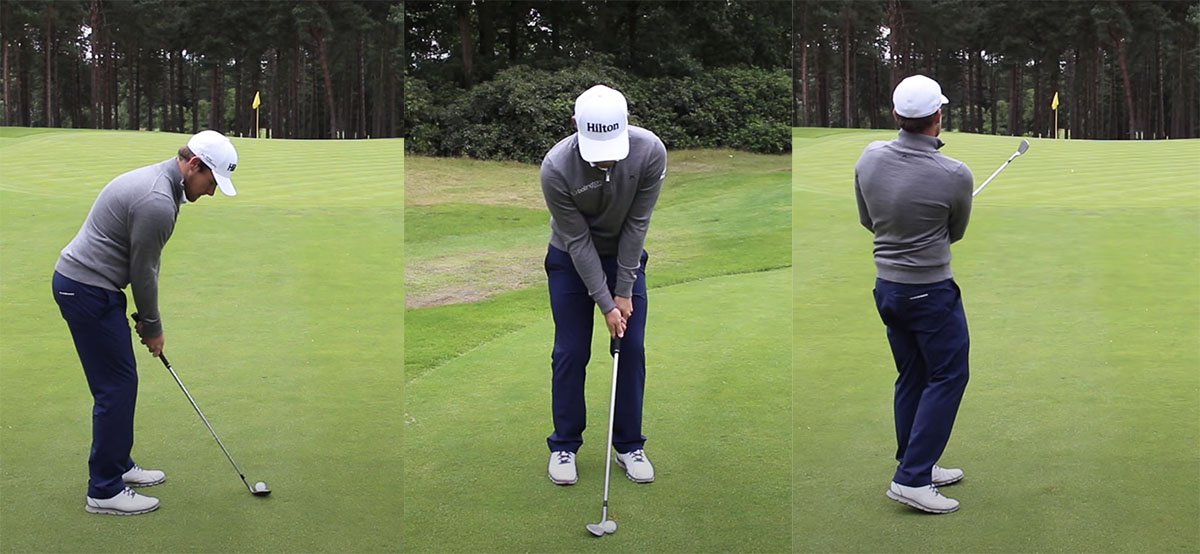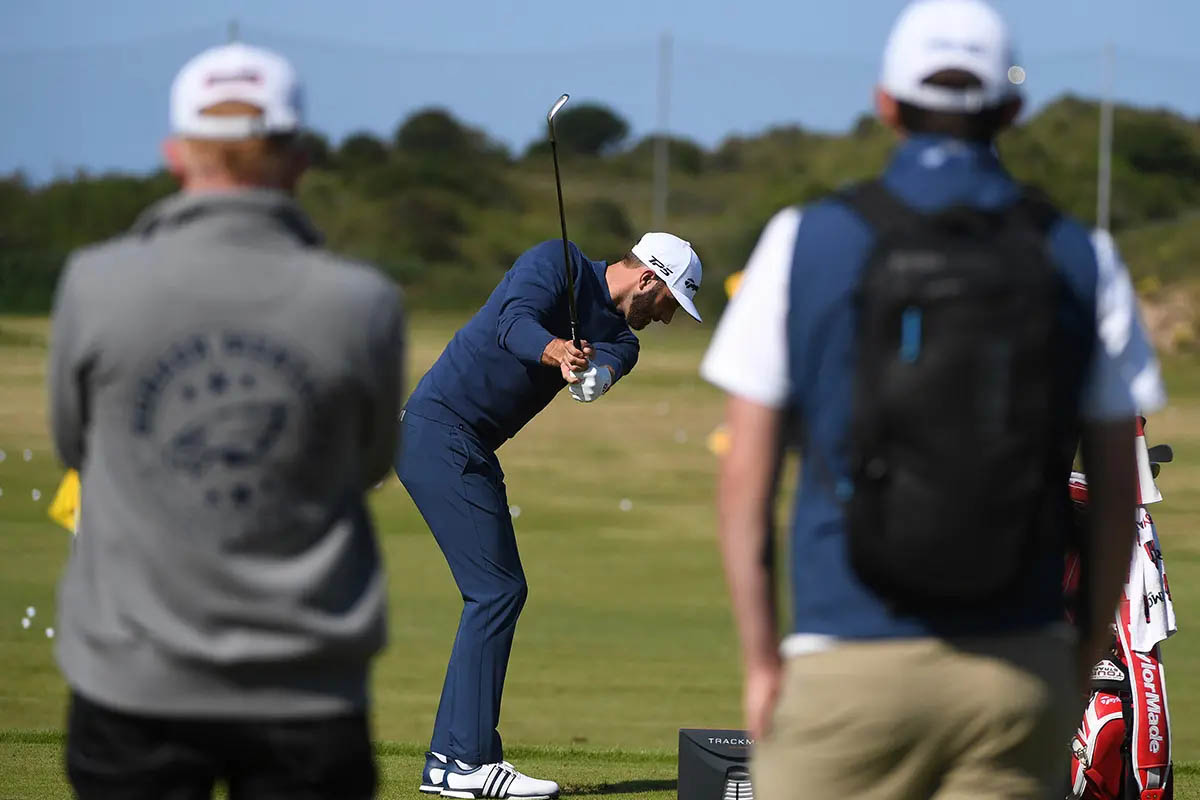Lower Your Scores With These Tour Pro Chipping Tips
It is often said that 60 to 65 percent of all shots are struck within 100 yards of the hole.
Stop attempting to hit longer drives and start working on your chipping if you want to lower your scores.
The difference between a beginner and a scratch golfer lies in their chipping technique – they always get up-and-down when they miss the green.
In general, a golfer must be able to get the ball within 10 feet of the hole. A rookie golfer may be satisfied simply to get the ball on the green, but a more accomplished, single-digit handicap golfer expects to chip the ball within a 3-6 foot circle.
Perfecting your chipping will save you strokes around the green, allow you to tap in more pars, and help you play the “stress-free golf” that the pros usually brag about but you seldom get to experience.
In this article, we will hear some tips from some tour professionals that you can utilise to improve your chipping.
“My distance off the tee means I have an awful lot of wedge approaches… but I was fed up of having 80 yards in and leaving myself a 20ft putt. My Strokes Gained figure was 0.09, in other words, right on the tour average.
.
I did not find wedge practice exciting, so I rarely worked on them until I started working with launch monitor TrackMan on controlling distances. There was no secret to it; it was just repetition and hard work, hitting thousands of wedge shots, and as my wedge performance improved, so did my results.
.
Before the final round of the 2016 US Open at Oakmont, I spent 75 minutes hitting wedges. My win there took me into the top three in the world for the first time”
.
Tyrrell Hatton
Whichever shot you choose, it’s important that you create the flight that you want by changing your address and not the swing.
I set a touch more weight on my left side throughout the shot. The worst mistake amateurs make is leaning back through the downswing to help the ball into the air. This can cause fat or thin strikes and causes the perfect contact to be much harder to find.
Lastly, you need to commit to the shot with gradual acceleration through the ball.
Richie Ramsay
There’s a little more rotation on the longer ones, where you have to acquire a bit of height, so when you hit the shot, your belt buckle is facing the target a little more.
The shots when you’re two or three paces off the green and your swing is significantly smaller, are all about the feel with your hands.
Dustin Johnson
I play the ball back in my stance with my feet quite close together and with my weight favouring my left leg. You don’t want too much sway with this swing, only rotation, and a narrow stance makes it easier to turn back and through. I then angle my knees slightly towards the target, which places my sternum on top of the ball in a pre-set impact position and shows me exactly where I need to be when I make contact with the ball.
I always aim to minimise any hand action; I try to feel as though my wrists are hinging and re-hinging in response to the momentum of my arm swing. Also, when you swing, you should feel as if you’re rotating around your left leg without shifting any weight back and forth. This gets your hands ahead of the ball at impact, which leads to a lower ball flight.
Jamie Donaldson

One basic bit of advice I would give is the sooner you get the ball on the ground running, the better. It’s more difficult to fly the ball all the way there and get it to stop because you have to make perfect contact every time.
For beginners, the sooner you get it on the ground running, the better — you have greater margin for error on the strike and the results will be more consistent.
Also, don’t be scared to get the putter out 10 yards away from the green, especially in the winter when it’s damp and wet underfoot and harder to strike consistently.
Victor Dubuisson

For a chip-and-run, the best advice is to grip the club – maybe a 7 or 8-iron – like you would when gripping a putter, and use a similar stance. Stand up straighter with your hands slightly higher and make a putt-like stroke. Also, make sure that you make a smooth, rocking motion with your shoulders.
The objective of the chip and run is to create as little spin on the ball as possible, which you will do if you use your hands excessively. That applies to all chips: if you don’t want to put spin on the ball, keep your hand movement to a minimum.
Where can I put my chipping skills to the test?

If you’re into golf and business and want to put your chipping practice to the test, why not join a golfing league that’s specifically aimed at business owners and like-minded individuals, like GBT Events.
Once we realised the potential that a game of golf could bring to your business connections, creating the ability to establish strong relationships outside the confines of the office and in a more social atmosphere, we had to create GBT Events.
GBT Events is more than just a simple golf tour; it’s also a networking group for business owners and professionals. You get to participate in a sport you love while also meeting like-minded business professionals.
Check out this year’s tour calendar, or take a look at our 2022 tour announcement for an introduction to our events.





